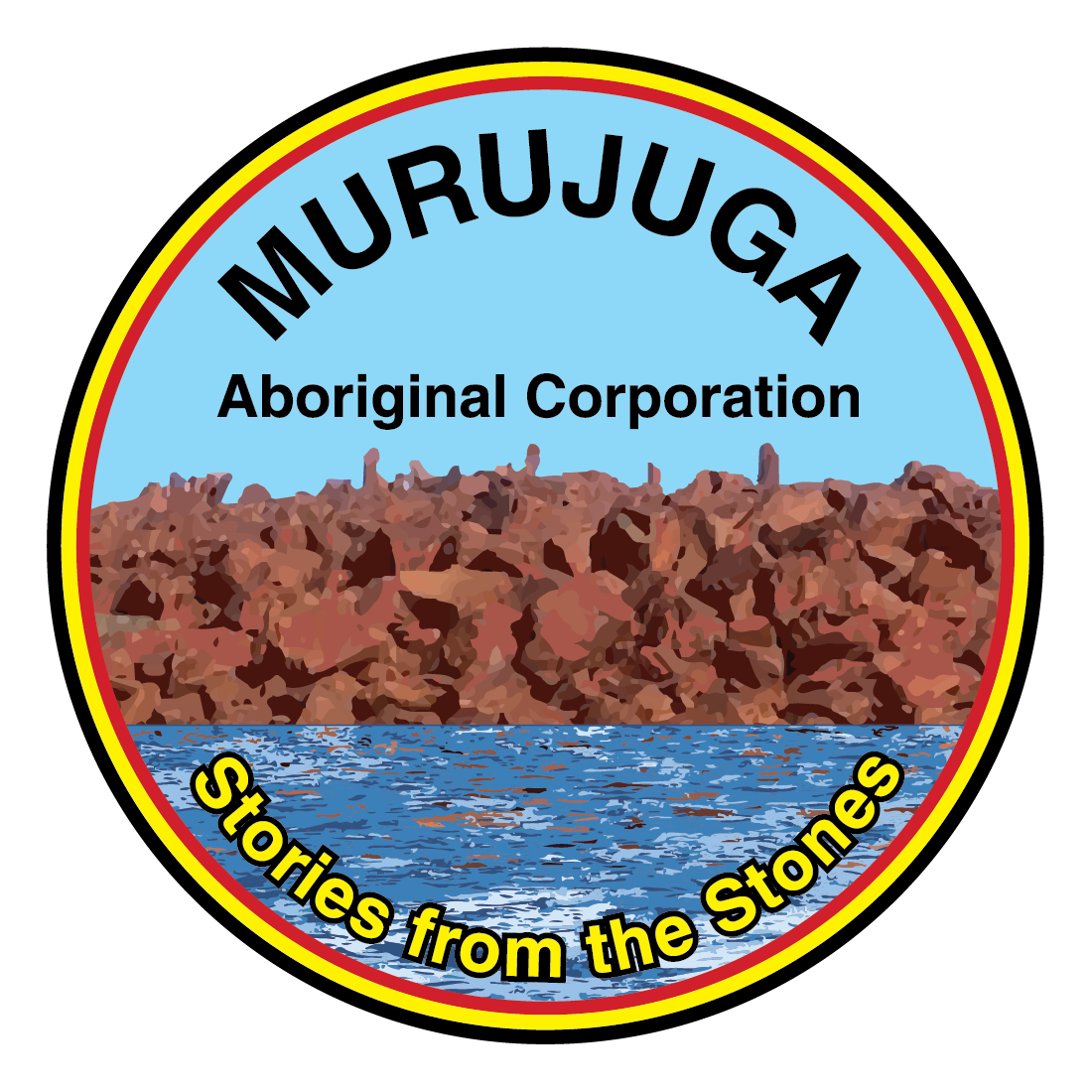World Heritage Listing
When was Murujuga placed on the World Heritage List?
In July 2025, the Murujuga Cultural Landscape was inscribed on the United Nations Educational, Scientific and Cultural Organisation (UNESCO) World Heritage List. This followed many years of effort by Ngarda-Ngarli Traditional Owners and Custodians represented by Murujuga Aboriginal Corporation, to achieve global recognition for Murujuga.
What is the area (property) that has been inscribed?
The Murujuga Cultural Landscape covers nearly 100,000 hecares (equivalent to 1,000 square kilometres) including the Burrup Peninsula, Dampier Archipelago and surrounding submerged landscapes and sea country.
What values have been recongised?
The UNESCO listing for the Murujuga Cultural Landscape describes it as “a landscape of ancient rocks located in northwest Australia, which encompasses the Burrup Peninsula, the Dampier Archipelago’s 42 islands, and nearby marine areas. It is shaped by the Lore—rules and narratives that were put in place to create the Country—and the enduring presence of the Ngarda-Ngarli, Traditional Owners and Custodians of the site. The property holds profound cultural and spiritual significance, reflecting over 50,000 years of continuous care and use. Murujuga is renowned for its dense concentration of petroglyphs, featuring unique motifs that display artistic and technical mastery.”
Which World Heritage Convention criteria apply?
Murujuga has been recongised for meeting three World Heritage criteria:
(i) Masterpiece of human creative genius
(iii) Exceptional testimony to a living cultural tradition
(v) Outstanding example of a traditional human interaction with the environment
The nomination for the Murujuga Cultural Landscape was also found to meet all conditions of integrity and authenticity, and is supported by strong legislative, scientific, and cultural protections.

World Heritage Listing
The Journey
The Murujuga Aboriginal Corporation worked in partnership with the Western Australian Department of Biodiversity, Conservation, and Attractions and in collaboration with the Australian Government and other stakeholders to prepare the nomination for the Murujuga Cultural Landscape for World Heritage Listing.
With an estimated one to two million images, Murujuga is home to one of the largest, densest and most diverse collections of rock art engravings, also called petroglyphs, in the world. Murujuga is the only place on Earth where the story of the people and their changing environment has been continuously recorded through art for more than 50,000 years. The ‘stories from the stones’ of Murujuga are still relevant today. They have not been lost to history but instead are a key component of the living culture of the contemporary Aboriginal Custodians of the land.
To be included on the World Heritage List, places must be of ‘Outstanding Universal Value’ and meet at least one out of 10 World Heritage criteria determined by the United Nations Educational, Scientific and Cultural Organization (UNESCO).
For a property to be inscribed on the World Heritage List, the nomination dossier must comprehensively demonstrate that the property is of Outstanding Universal Value (OUV). The nomination must meet one or more of the World Heritage criteria and be able to demonstrate by comparative analysis that the property is outstanding in geographical, cultural and global terms. Additionally, the property must meet the conditions of integrity and authenticity (for cultural nominations) and have an adequate protection and management system to ensure its safeguarding.
From the 10 possible criteria, the Murujuga Aboriginal Corporation chose to pursue criteria (i), (iii) and (v). Criterion (i) applies to a place that represents a masterpiece of human creative genius; Criterion (iii) applies to a place that bears unique or at least exceptional testimony to a cultural tradition or to a civilization which is living or which has disappeared; and Criterion (v) applies to a place that provides an outstanding example of a traditional human settlement, land or sea use which is representative of a culture, or human interaction with the environment especially when it has become vulnerable under the impact of irreversible change.
For more information on the World Heritage nomination, click here.
